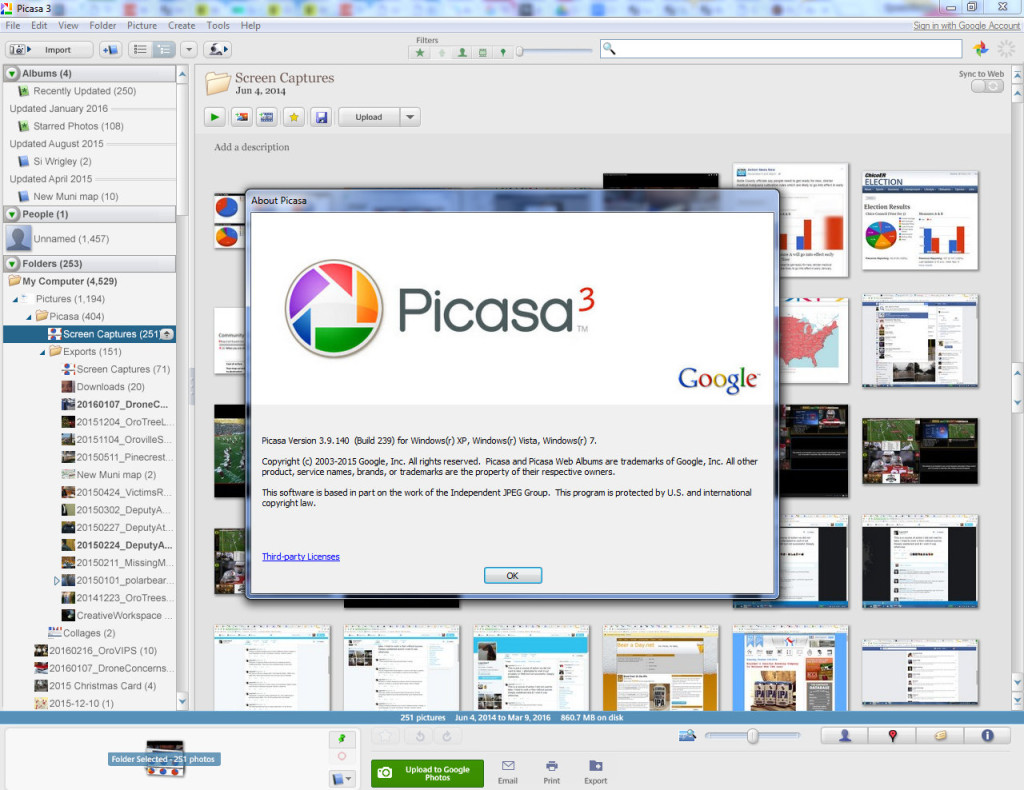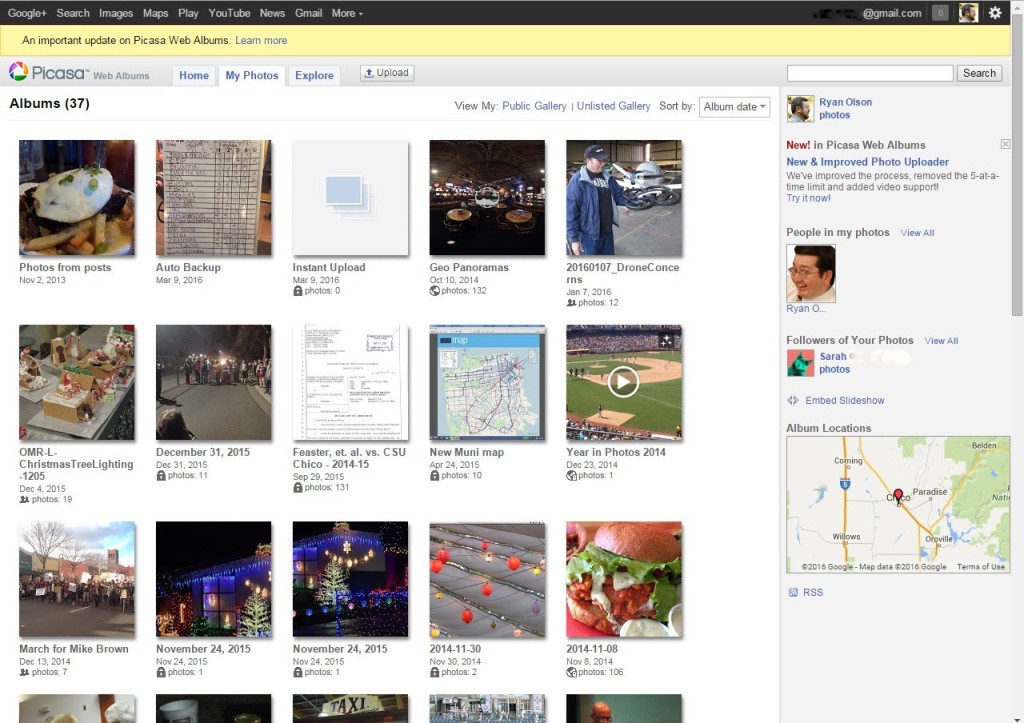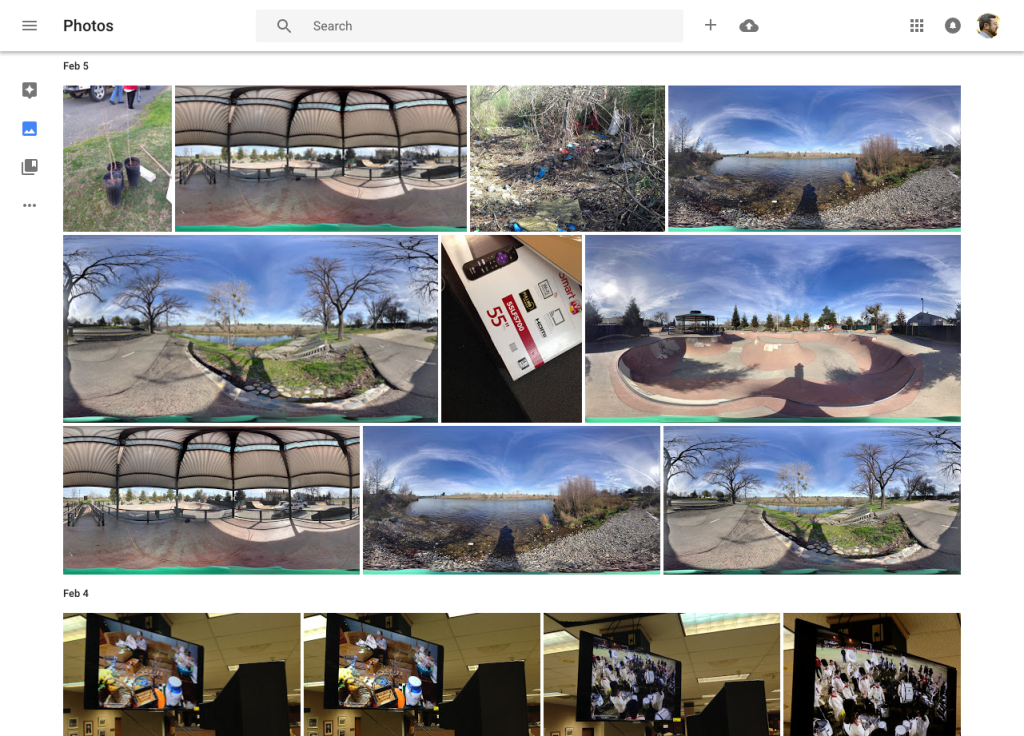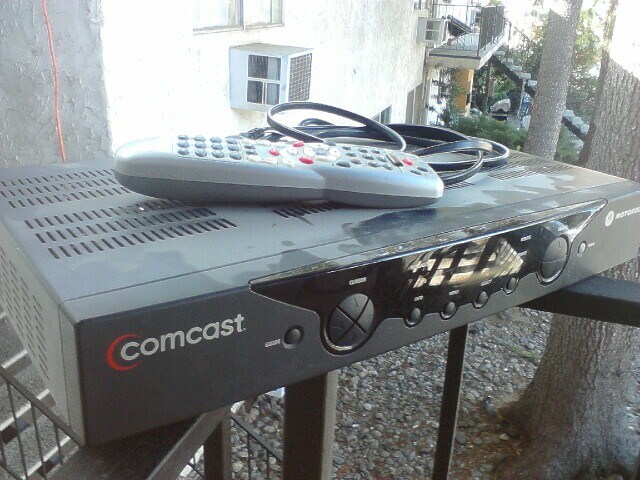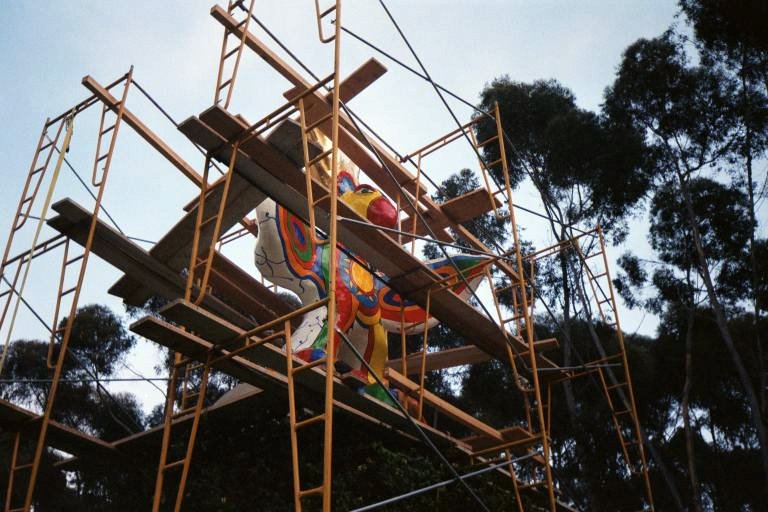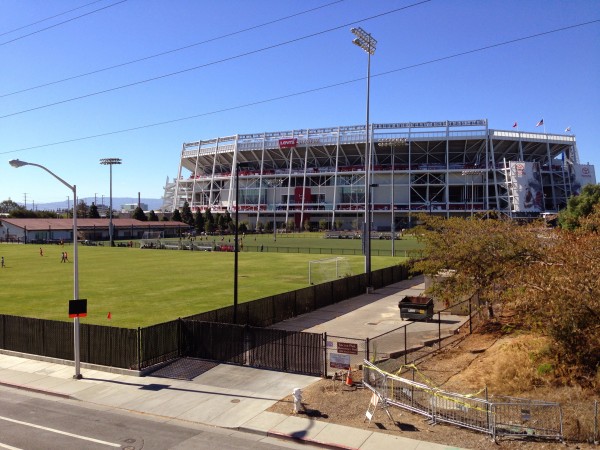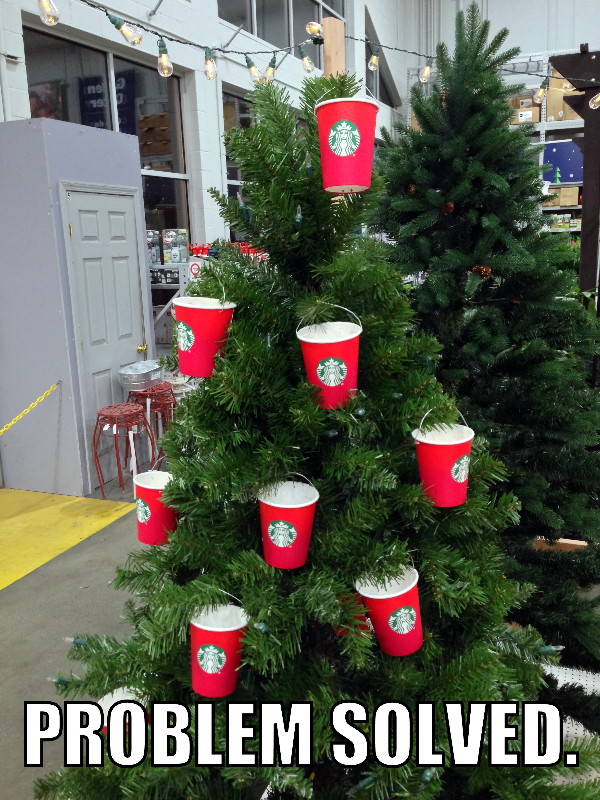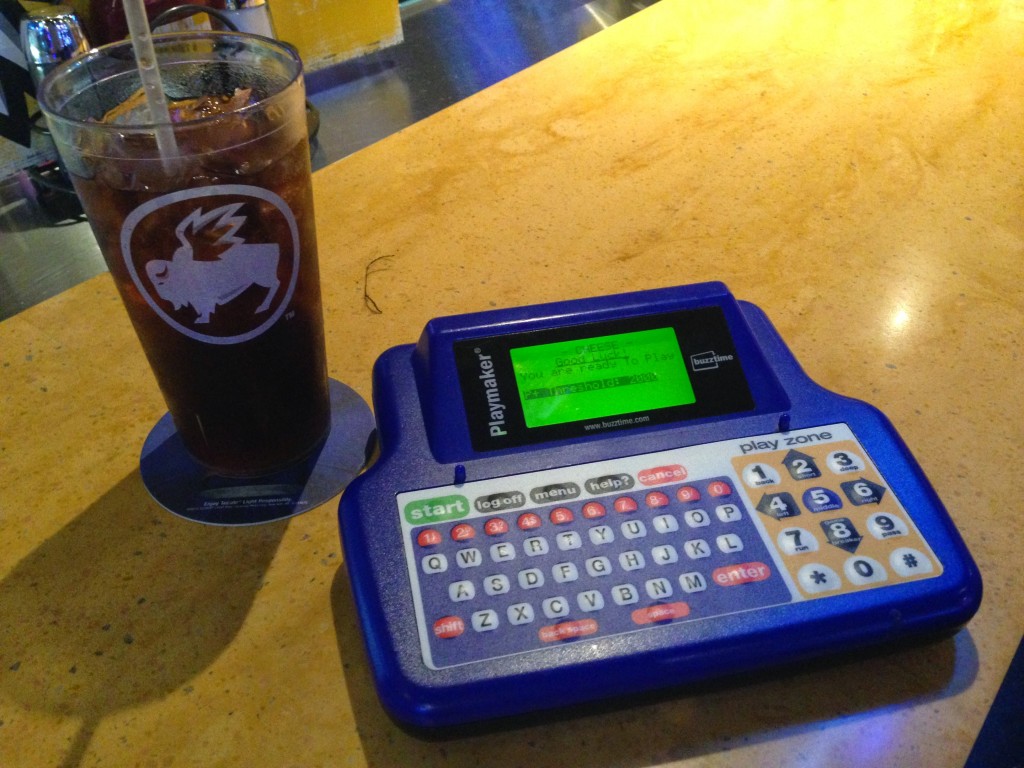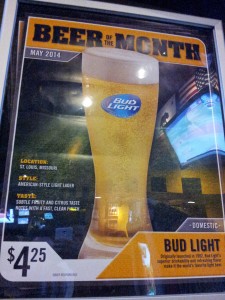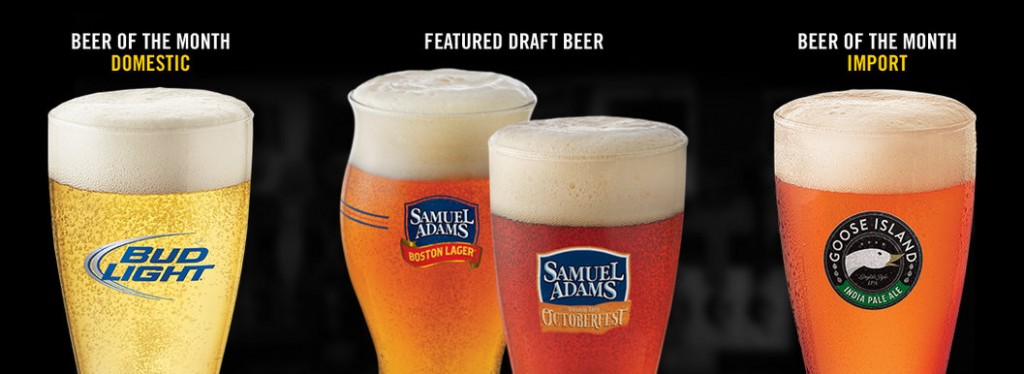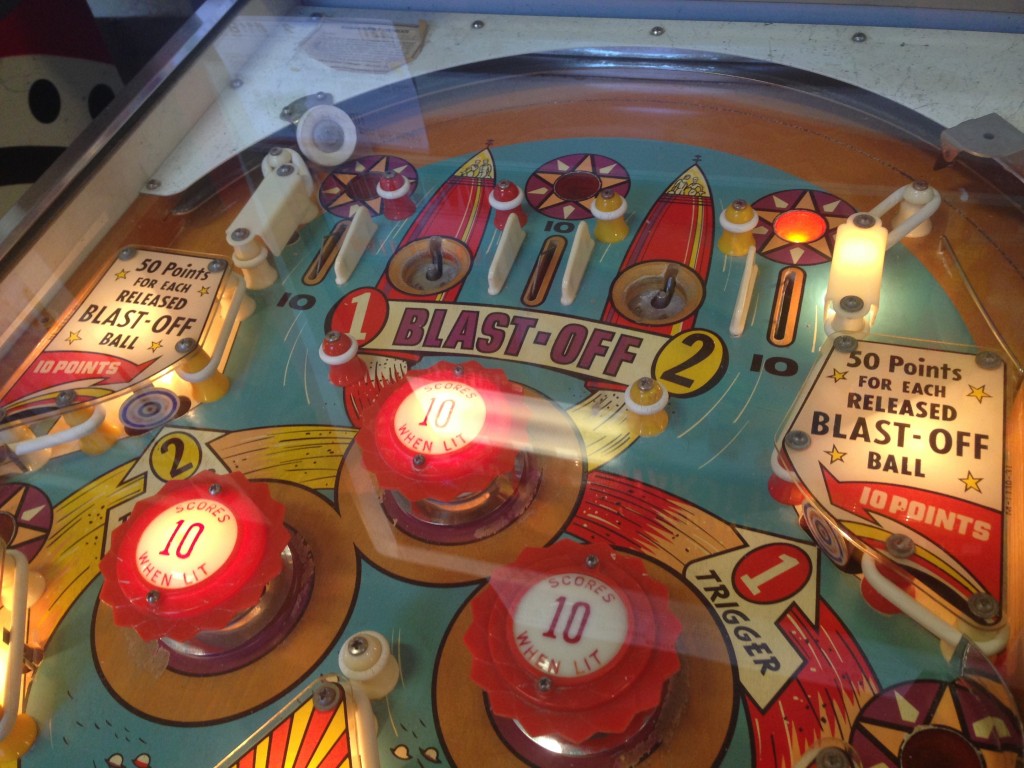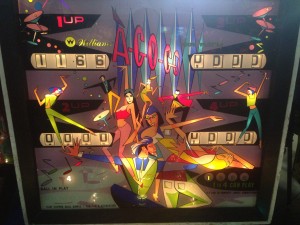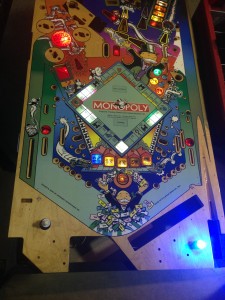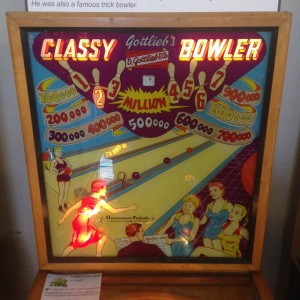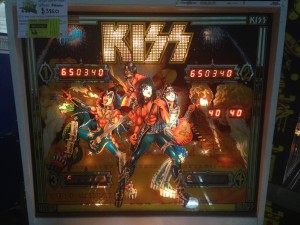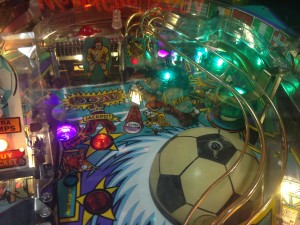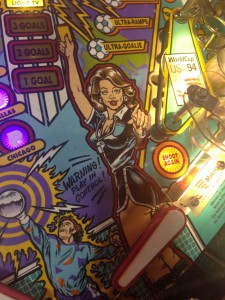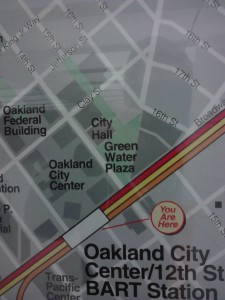 Richard plays a saxophone cover of “Hello” during karaoke night at Keys on Main in Salt Lake City on Tuesday, Aug. 9, 2016.
Richard plays a saxophone cover of “Hello” during karaoke night at Keys on Main in Salt Lake City on Tuesday, Aug. 9, 2016.
It’s been interesting getting used to a different karaoke scene. Back in Chico, I knew where I could go out and sing every night of the week, even when it wasn’t practical to go.
Since I moved back to Utah nearly three months ago, I’ve gone out to karaoke four times with last Tuesday being the latest. Part of my challenge is that I now work most evenings, except for Monday and Tuesday. The pickings have been relatively slim, but I’ve still been able to find some gems.
Although my sample set for testing is limited, I’ve been impressed with the quality of the performers in Salt Lake City. Conversely, I was disappointed by the general unprofessionalism of the karaoke night I found in Provo on Monday. I’ve also been happy to take advantage of late-evening runs on the TRAX light rail and FrontRunner commuter trains, although it does end my evening at around 11:30 p.m.
Beginning with a Twist
My first time getting back on the karaoke horse was last month at Twist, located just north of 400 South and Main Street in Salt Lake. It was in what could be described as a small street or alley, so I didn’t know what to expect. Thankfully, I was pleasantly surprised when I walked up to the establishment. The entrance was raised and set back from the street. Patrons have to walk up some broad, shallow steps and past an enclosed patio to enter the restaurant.
Inside, the establishment was divided into three areas. The main serving area was the top-most level with the bar and kitchen. I didn’t immediately see the karaoke setup, so I headed down the stairs to a basement that included a smaller bar area and bar games, including pinball.
The basement area was too small to host karaoke so I headed up a second set of stairs and discovered a mid-floor that housed some restrooms. As I made my way around the space, I thought that it seemed a little risky to have so many stairs in an establishment that caters to people drinking alcohol, especially with the restrooms on a mid-level. Thankfully, some of my concerns were ameliorated when I discovered a second set of restrooms on the main floor — there really wasn’t a reason to go down the stairs unless a patron was partaking of games in the basement.
When I reached the top of the second set of stairs, which ended near the back of the business, I could see the karaoke setup. I didn’t immediately see the karaoke host, so I moseyed to the bar and waited, somewhat distracted by the large projection screen hanging over the opening to the basement.
The evening was off to a slow start, which is unfortunately pretty predicatable for most karaoke nights. Thankfully, the night eventually started and I was able to pick up a mic and have some fun.
My setlist was a mix of songs that are particular favorites and one Fourth of July song because the holiday had just passed. I warmed up to the karaoke host when he was surprised that he had Los Cadillac Fabulosos’ “El Matador” in his library. He was eager to sing it himself on a future night.
Here are the songs that I picked for that night:
- “Mr. Blue Sky” by ELO.
- “El Matador” by Los Cadillacs Fabulosos.
- “America the Beautiful” by Ray Charles.
- “Most Beautiful Girl (In the Room)” by Flight of the Conchords
The set up was basic — the by-now common laptop connected to a sound system. I don’t remember where the flat-screen monitor was on a stand or a table top, but it was an average situation with no serious demerits.
The crowd began to trickle in. Many of the first people to sing seemed like regulars and their friends. A couple of the regulars seemed to be fairly talented and I found myself thinking about the quality of performers possibly being a little higher in Salt Lake than relatively small Chico.
It was fun to sing again, although I’ve gotten a bit self-concious about singing after watching a recording I made at a live concert where I’m heard singing along with the crowd on a song. This self-conciousness has extended to when I sing along with the radio in the car. It’s not enough to deter me from singing or staying away from challenging songs, but it’s a good reminder that I’m still a rank amateur and these evenings are just for fun (especially when singing difficult tunes, like “El Matador”).
All too soon though, I noted I had to catch the light-rail back to my car before the system shut down for the night. As much fun as it is, I definitely I don’t want to be stranded away from home for the evening.
Unlocking Keys on Main
About three weeks ago, I stopped in a place across from Gallivan Center on Main Street that advertised karaoke on Tuesday — Keys on Main. As with Twist, I didn’t have a good idea of what to expect but the evening was ultimately a success.
The evening got off to a slow start — I guess it would be more noteworthy if a karaoke night actually started on time. There was a small group taking turns singing, so there was already a modest rotation by the time I added my name to the list.
As with Twist, there seemed to a handful of regulars joined by a small group of others. So far, I haven’t really seen a place since I’ve returned to Utah that was hopping. That’s probably because of the day of the week — two years ago, I went to a place off of Highland that eventually got crowded, but it was on a Saturday.
Whatever the crowd, the regulars were definitely solid singers. One fellow named Richard even brought a saxaphone to play Lionel Richie’s “Hello” as a solo and then joined Millie as a duet called “Millard.”
The set up at Keys was as professional as Twist and DJ Wes ran a pretty tight show. Instead of being casually set up in a corner of the bar, Keys’ karaoke set up on small stage that also accommodated dueling pianos (which were actually keyboards that were turned off, much to my disappointment). I definitely like having a stage to perform on, but any place that isn’t cramped or awkward is OK.
My song selection was based on tunes that I like singing, but haven’t had a chance to sing in a while.
- “Little Lion Man” by Mumford and Sons.
- “Fat Bottomed Girls” by Queen.
- “Here For a Good Time (Not a Long Time)” by Trooper
Some of the songs have generally gotten a good response (like Queen), while others are just fun, like the Trooper tune. After I sang “Here for a Good Time,” a couple of guys said they really enjoyed it and wanted to know the artist. They were interested to learn that it was a band from Canada, which they reasoned why they didn’t know the song.
Again, I had to leave early so I didn’t get stranded. One patron was generous enough to offer me a ride to the train station, but I had plenty of time to get back to Salt Lake Central Station.
Disappointment in Provo
On Monday, Aug. 15, I decided to finally check out the limited downtown Provo night scene. While I’m happy to live in downtown, there’s only three late-night spots on Center Street and I have had no real compulsion to visit any of them. For example, City Lights looked appealing on the outside, I was turned off by photos of interior’s light wood paneling that screams family basement from the ’70s.
I’m not going to say which establishment I visited because what I found might get them in trouble (although there may be enough context clues for someone to take a big guess and figure it out).
I was pleasantly pleased when I first entered the business. It felt a bit like a dive, but I prefer places that are comfortable and a little lived in. I was excited when I heard somone singing on a back stage. The crowd seemed pretty diverse, although tending to be on the younger side. Overall, it was a pleasant surprise considering what I was expecting from Provo.
I grabbed a beverage and headed back to see if I could sign up for a song, even though it was getting late. I stopped in my tracks when I saw that the karaoke host was using YouTube to play the karaoke tracks. I politely waved at the karaoke host when he looked my way, but I decided I wasn’t going to try to sing that night.
I’m generally positive about karaoke tracks on YouTube … at home. It’s exciting that several karaoke music companies post their music videos to YouTube. It can be great fun to do YouTube karaoke at a house party.
However, a professional karaoke event is not a house party. Some things that people can get away with at a house party can’t fly in a place of business. For example, playing a stereo or watching a football game is generally OK at home with a small group of friends. At a local business, the owner needs to have a license or face fees from licensing groups.
The main problem with YouTube is that it is generally licensed for private, personal use. I don’t know if Google has a YouTube that’s available for commercial use.
In some ways, it doesn’t matter as the KJ handled YouTube in an amateurish way. The YouTube status bar was often visible during performances and autoplay would automatically start another (unrelated) video after the singer was done.
On top that, the KJ would scramble to mute the sound when an ad came up. Overall, I wasn’t impressed with the host. He was obnoxiously enthusiastic and interacted with performers to the point where it was distracting. Toward the end of the evening, he jokingly cursed at the audience for not being engaged.
But seriously, YouTube karaoke could be trouble
I am not a lawyer, but my impressison is that karaoke hosts generally need to use tracks licensed for commercial use — they can’t just download them from iTunes. There may be some winking at these restrictions (I don’t know how many karaoke hosts or regular people who can vouch for every song in their library). However, using YouTube as a core component of a professional gig seems like an invitation for trouble, especially if a licensing group does decide to look closer at an establishment or KJ.
But you don’t have to take my word for it. When I shared my concern online, one friend who’s a KJ responded: “Very unprofessional and they could get into some trouble if the right people found out.”
Back to Keys
I returned to Keys on Main last week. It definitely confirmed that the singers that I though were regulars were indeed regulars (although there was no sax that night and some people I thought were regulars were not present). The crowd was also about the same as before — filling less than a quarter of the seats in the large space. I don’t know if they anticipated more people — there were song sign-up slips on most of the tables, so perhaps there was a time when the place gets busy.
I drove into the city that night, so I didn’t have to worry about catching the last train out of town. I did have to watch my beverage intake and limited myself to one, which is for the best in more ways than one.
When it came time to pick songs, I stayed towards the tunes that I like singing and usually get the best reaction.
- “Graduation (Friends Forever)” by Vitamin C.
- “The Distance” by Cake.
- “Africa” by Toto.
- “Lights” by Journey
I was surprised to find that I haven’t sang “Africa” in a few months, considering that it became such a favorite in Chico. I started off with “Graduation,” explaining that I usually sing it at the end of the school year, but didn’t get to during the spring.
A couple of song choices were dictated by the fact that the songs I would’ve preferred to sing where either unavailable or unplayable. I would’ve rather sang Cake’s cover of “I Will Survive,” but “The Distance” was OK. I jumped to “Lights” when The Tragically Hip’s “Blow at High Dough” wouldn’t load (which is a shame given that the band was just ending what will likely be its last tour).
All in all, the Monday Tuesday karaoke scene isn’t too bad. It’s not hopping like it was most nights in Chico, but it’s something that can get me out of the house every once in a while. I don’t know if I’ll be making the trip every week, considering the time and distance involved (especially with curling league starting on Mondays), but it’s a nice option.

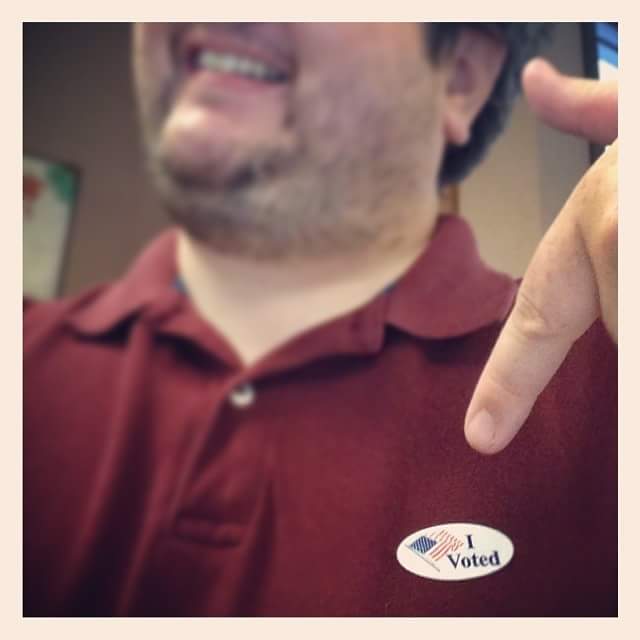
 Richard plays a saxophone cover of “Hello” during karaoke night at Keys on Main in Salt Lake City on Tuesday, Aug. 9, 2016.
Richard plays a saxophone cover of “Hello” during karaoke night at Keys on Main in Salt Lake City on Tuesday, Aug. 9, 2016.